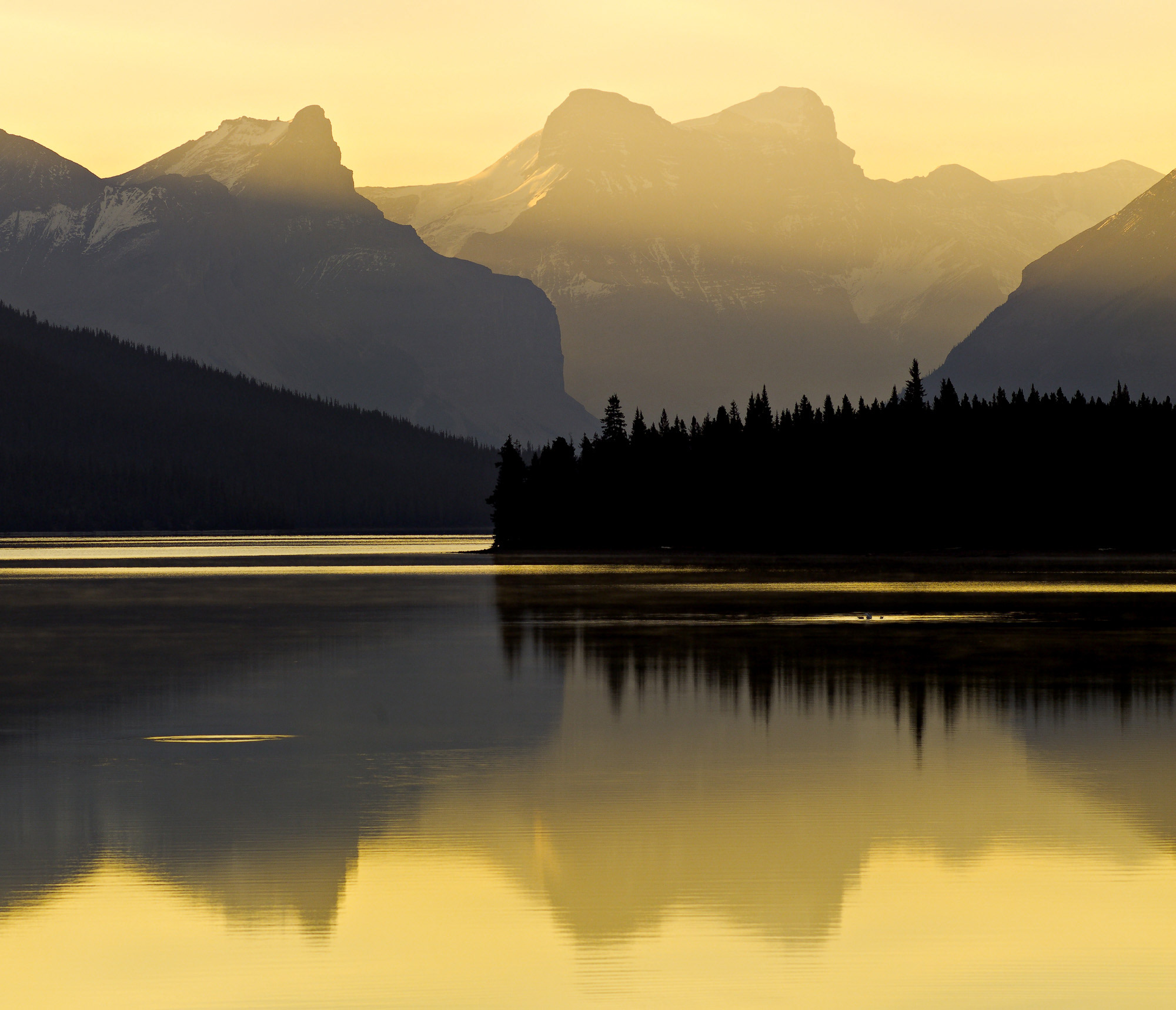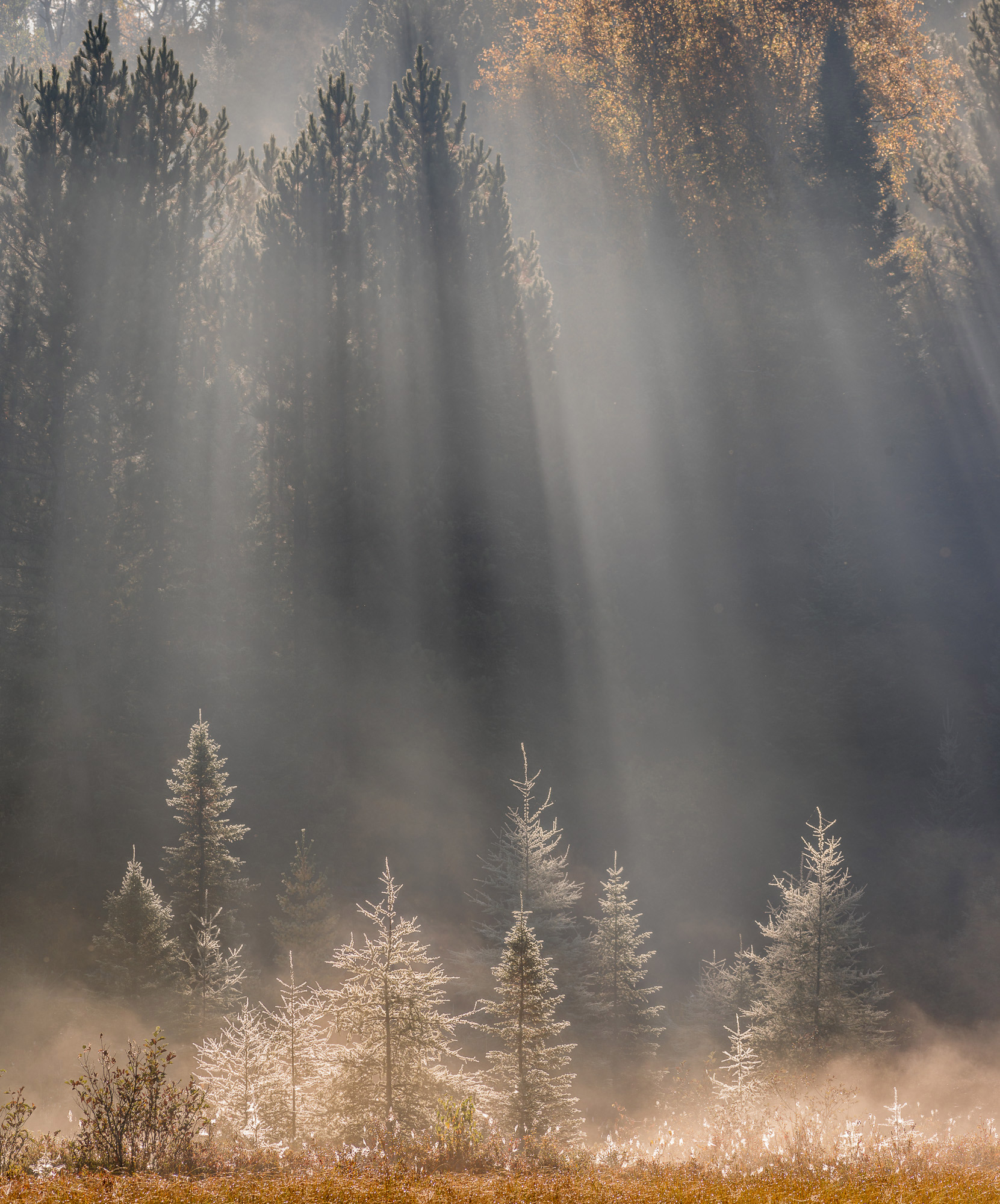Sony A7RII ISO Invariance
Should You Underexpose, or Use High ISO?

A Story
Back in the early days of digital photography – around 2001 / 2005 – a standard part of my seminars and lectures was to make a provocative statement… “Film is digital. Sensors are analogue.” This would freak people out because many believed at the time that there was something inherently “purer” about analogue imaging.
I would point out that film was inherently digital in nature because a silver halide particle when exposed to light would either turn black or not turn black. On-off. Yes-no. This is digital behaviour. It’s when you have millions of such particles displaying semi-stochastic behaviour at a microscopic level that we produce the appearance of a continuous tone image.
A camera sensor, on the other hand, is an analogue device. Each sensel (pixel) interprets the amount of light hitting it as a voltage. Voltage is analogue in nature – continuous not discrete. The sensor’s circuitry then converts the analogue signal from each sensel into a digital signal so that millions of them can be conveniently processed into an image.
Actually, sensors are digital as well because of the quantum nature of light – but that’s another story.
Nevertheless – at its most basic level, film is digital and sensors are analogue.
So much for a background story. What does this have to do with ISO Invariance, and what the hell is ISO Invariance in the first place?
ISO Invariance
As part of DPReview’s initial review of the Sony A7RII back in March 2015, and again in an article on that site by Rishi Sanyal in August, the issue of ISO Invariance was discussed. Please read these original sources. But, in brief, what they refer to is the observation that certain current-generation sensors, such as those in the Nikon 800 series cameras and the latest Sony A7 series, such as the A7RII, have a very low inherent noise floor. Consequently, these cameras have very high dynamic range and also low noise at higher ISO. Indeed, cameras based on the latest generation Sony sensors have tested (DxO among others) as having the lowest noise and widest dynamic range in the current marketplace.
The articles referenced point out that the sensor in the A7RII, for example, appears to be ISO-less. To obtain higher ISOs the camera gives a boost to the signal in the analogue domain. Interesting, to be sure, but – so what?
The “so what” is that this implies (and also actually is demonstrable with a simple test that anyone can do), that by exposing an image at a maximum of ISO 640 one can get comparable results by adjusting the image in Camera Raw or Lightroom after the fact as with letting the camera do it internally when shooting. This is because internally the camera is boosting the signal in the analogue domain, before the D_to_A converter, while doing so on one’s computer is working strictly in the digital domain.
Also, boosting the signal in the camera does so to all tonal values, while in powerful raw processing software it may be possible to protect highlights and prevent them from blowing out while still boosting shadow values.





In the sample image above we see a normal ISO 640 exposure in Fig#1 and a 100% crop of that image in Fig#2. In Fig#3 the image is underexposed by 5 stops and then in Fig#4 the shadows have been opened by five stops with the Exposure slider in Lightroom. Finally, in Fig#5, for the sake of comparison we see an exposure of the scene at ISO 12800.
This behaviour is more of a curiosity than anything else. I’m not drawing attention to it here for any reason other than that I found it to be interesting. There are many photographers who chat on the forums who revel in the technology and love discussing arcane aspects of sensor performance. This is above my pay grade (not to mention my level of interest), but this phenomenon is easily testable by anyone with a current Nikon or Sony camera in about 15 minutes, so is fun to experiment with.
Different conditions will, of course, produce differing results. Also, if you decide to try heavy underexposure combined with compensation in post-processing be sure to set your Sony camera to Gear Menu / Live View Display / Setting Effect OFF, so that you can see what you’re doing. Otherwise, your viewfinder will be extremely dark.
Michael Reichmann
November, 2015
Read this story and all the best stories on The Luminous Landscape
The author has made this story available to Luminous Landscape members only. Upgrade to get instant access to this story and other benefits available only to members.
Why choose us?
Luminous-Landscape is a membership site. Our website contains over 5300 articles on almost every topic, camera, lens and printer you can imagine. Our membership model is simple, just $2 a month ($24.00 USD a year). This $24 gains you access to a wealth of information including all our past and future video tutorials on such topics as Lightroom, Capture One, Printing, file management and dozens of interviews and travel videos.
- New Articles every few days
- All original content found nowhere else on the web
- No Pop Up Google Sense ads – Our advertisers are photo related
- Download/stream video to any device
- NEW videos monthly
- Top well-known photographer contributors
- Posts from industry leaders
- Speciality Photography Workshops
- Mobile device scalable
- Exclusive video interviews
- Special vendor offers for members
- Hands On Product reviews
- FREE – User Forum. One of the most read user forums on the internet
- Access to our community Buy and Sell pages; for members only.















